New node certification could coax more institutions into Ether staking
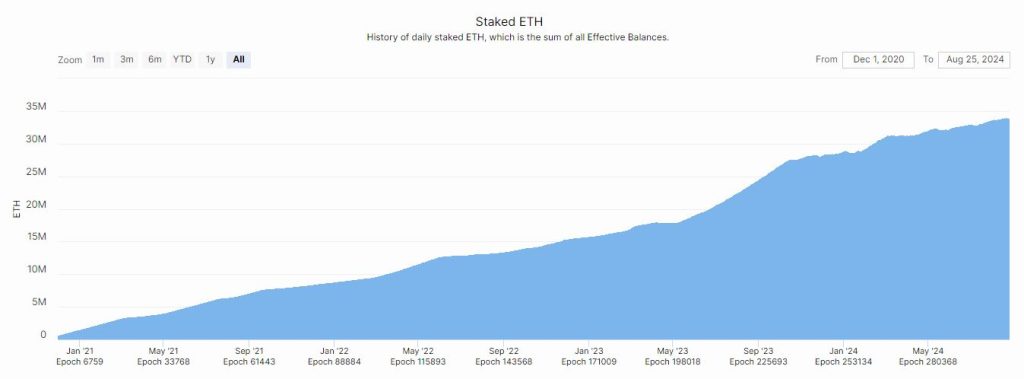
A consortium of big crypto companies, including Coinbase, has just launched a new certification scheme for Ethereum node operators called NORS.
A consortium of crypto companies, including Coinbase and Blockdaemon, has launched a new node operator standard named NORS — with the aim of attracting more institutional investors to Ethereum staking.
In an announcement on Aug. 27, the companies announced the launch of the Node Operator Risk Standard (NORS), giving Ether (ETH) node operators the chance to be certified under strict criteria.
Evan Weiss, Chief Operating Officer of Alluvial, one of the companies behind NORS, told Cointelegraph the goal was to give institutional investors peace of mind that potential risks have been mitigated.
“At a time when large, sophisticated financial institutions are getting seriously involved in public blockchain networks, building security standards that align with institutional expectations is critical for making it easier to onboard and adopt this technology,” he said.
According to Weiss, node operators who want to be certified under NORS will be evaluated by independent auditors under six categories in the risk control matrix (RCM).
Applicants will need to show documentation that they have addressed each risk factor, including slashing, change control, disaster recovery/business continuity, entity-level control, infrastructure, and private key management.
Institutional investor hesitance to staking
While spot Ether exchange-traded funds (ETFs) launched in the United States in late July, staking was ultimately left out of the proposals.
According to the Beacon Chain, the amount of staked Ether has still been growing every year and has increased by over 6 million throughout 2024.
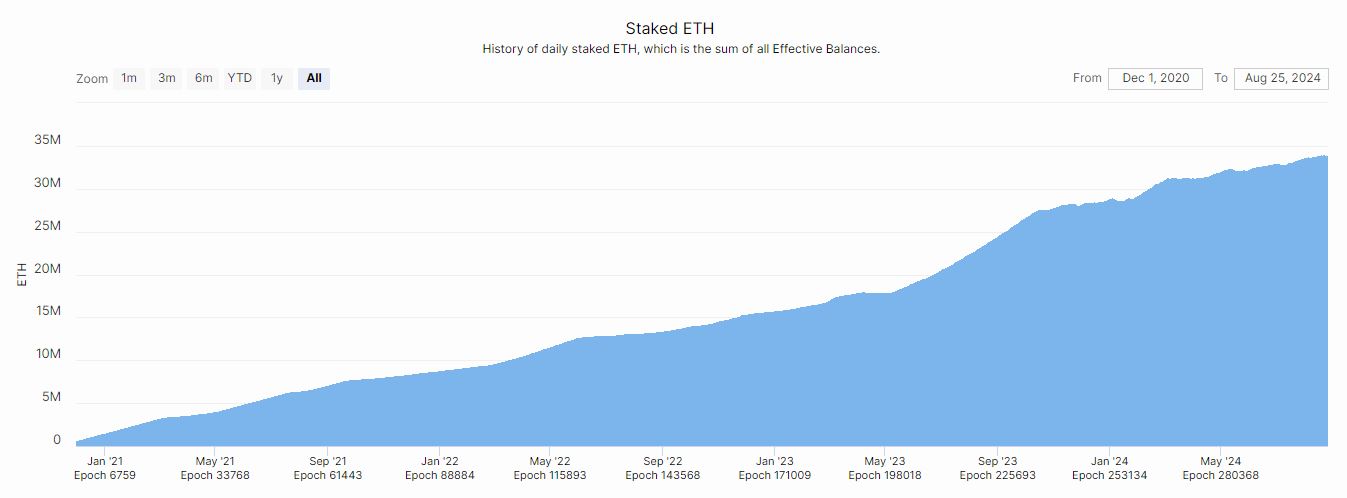
Staked Ether has seen a gradual increase every year since 2021. Source: Beacon Chain
Lachlan Feeney, founder and CEO of Ethereum infrastructure firm Labrys, told Cointelegraph that institutional interest in staking might still be lagging due to other assets giving higher returns with potentially less risk.
“Coinbase’s current Ether staking annual percentage yield is 2.06%. That’s 3% less than what you can earn ‘risk-free’ on some US Treasurys,” he said.
“In recent years, Bitcoin has generated a higher return on investment with lower risk, and so that’s where capital has been allocated — and a bonus 2% yield on ETH isn’t going to move the needle.”
“After 15 years of existence, institutions are only just starting to wrap their heads around BTC as digital gold/property and understand that it has a place in their portfolios,” Feeney added.
Jaydeep Korde, CEO at Launchnodes, a non-custodial Ethereum staking service, says institutions aren’t yet “diving into Ethereum staking” because they lack an understanding of the tech.
He says navigating the best practices for custodying digital assets is still a significant challenge for many institutions, adding another layer of complexity.
“Staking is a new frontier, and many institutional investors are still trying to grasp how it differs from traditional assets,” Korde said.
Related: Ethereum client diversity improves, non-Geth clients now account for 34%
The new NORS certification was launched by a collective group of crypto firms, including Alluvial, Blockdaemon, Chainproof, Coinbase, DV Labs, Eigen Labs, Figment, Galaxy, Nexus Mutual, and others.
“Prior to the development of NORS, there was no attested certification available to demonstrate that a node operator met institutional requirements for mitigating the specific risks of operating ETH staking nodes,” the firms said in a statement.
Node operators can achieve certification after receiving a custom attestation report from any NORS-qualified assessor.
The certification is said to meet the needs of the Big Four accounting firms and traditional institutional certifications, and it aligns with the AICPA audit standards followed by SOC1 and other widely adopted diligence standards.
Magazine: 11 critical moments in Ethereum’s history that made it the No.2 blockchain


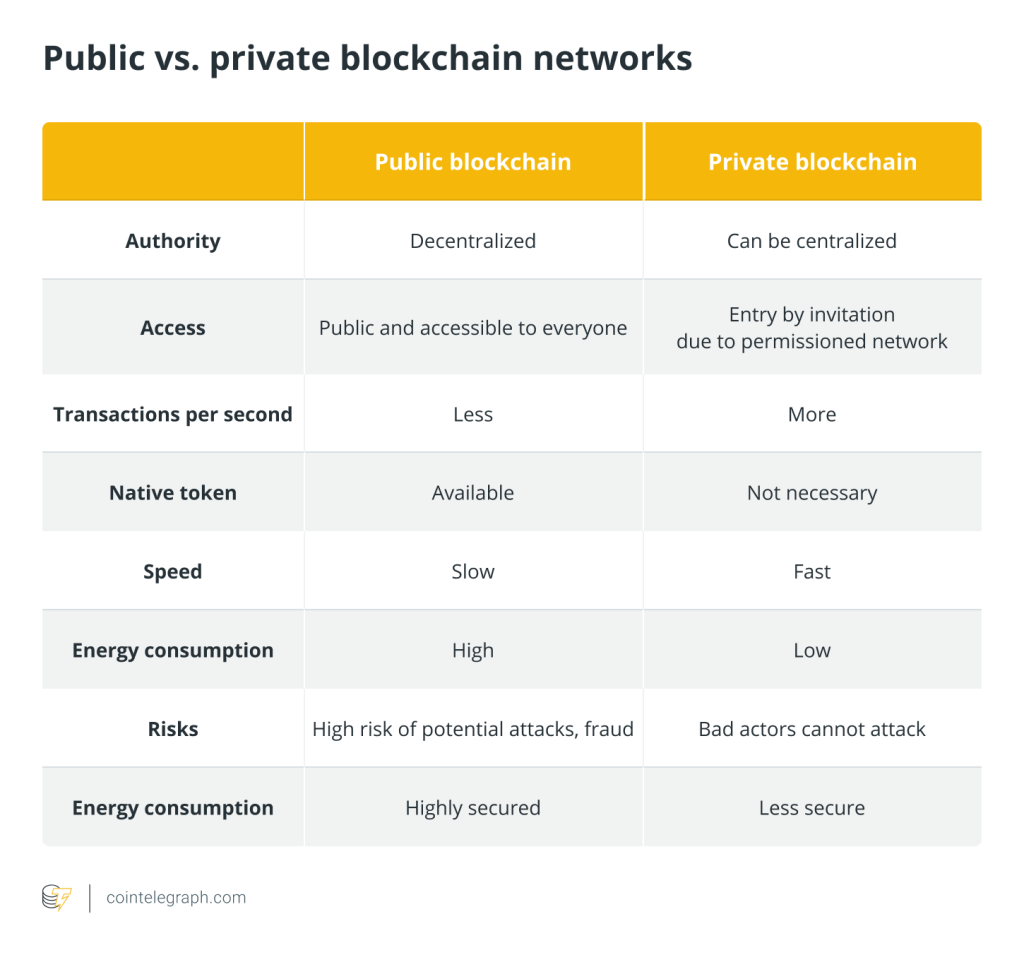
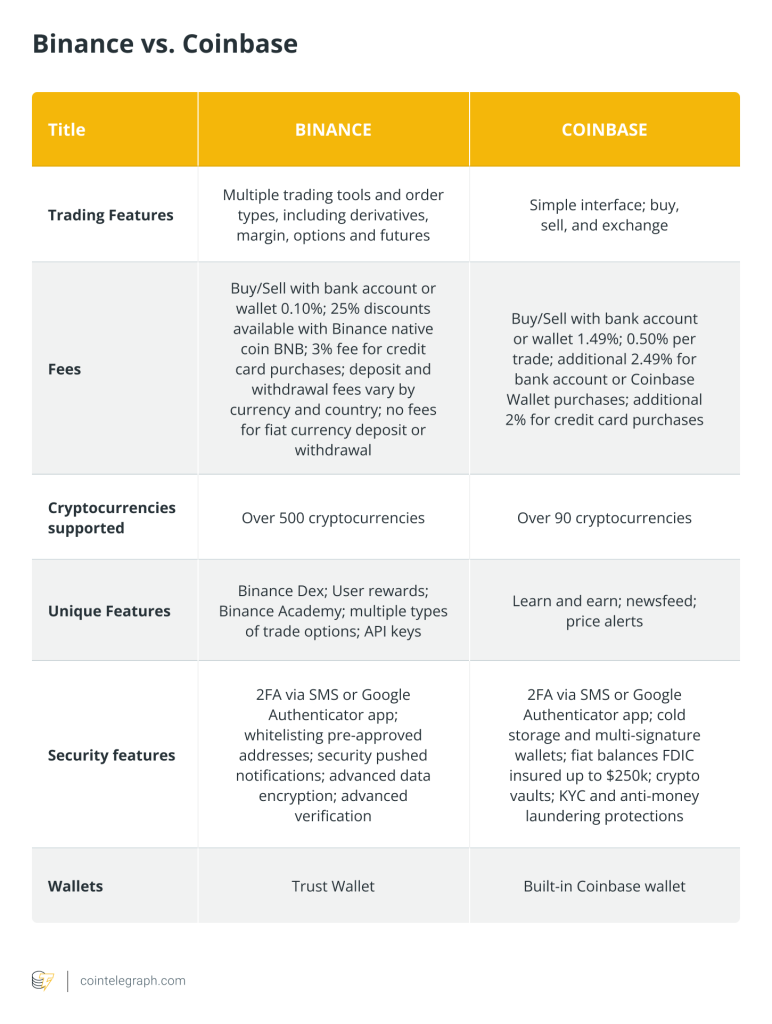
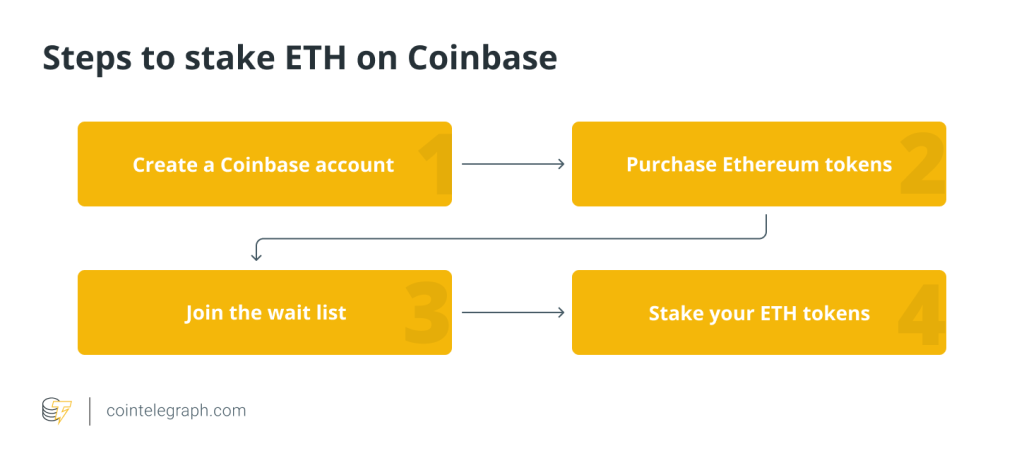
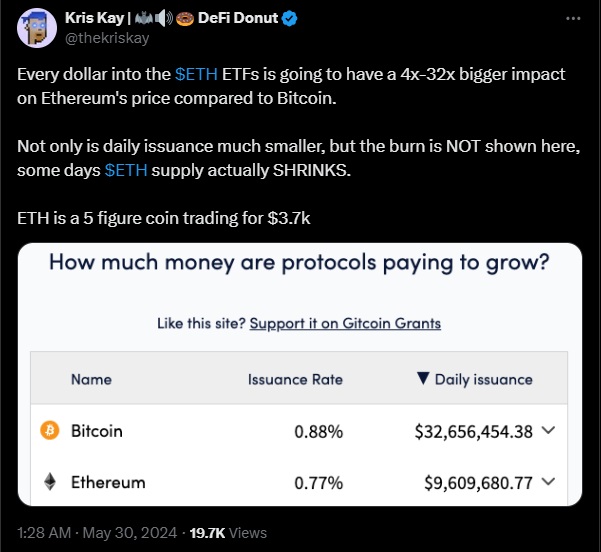
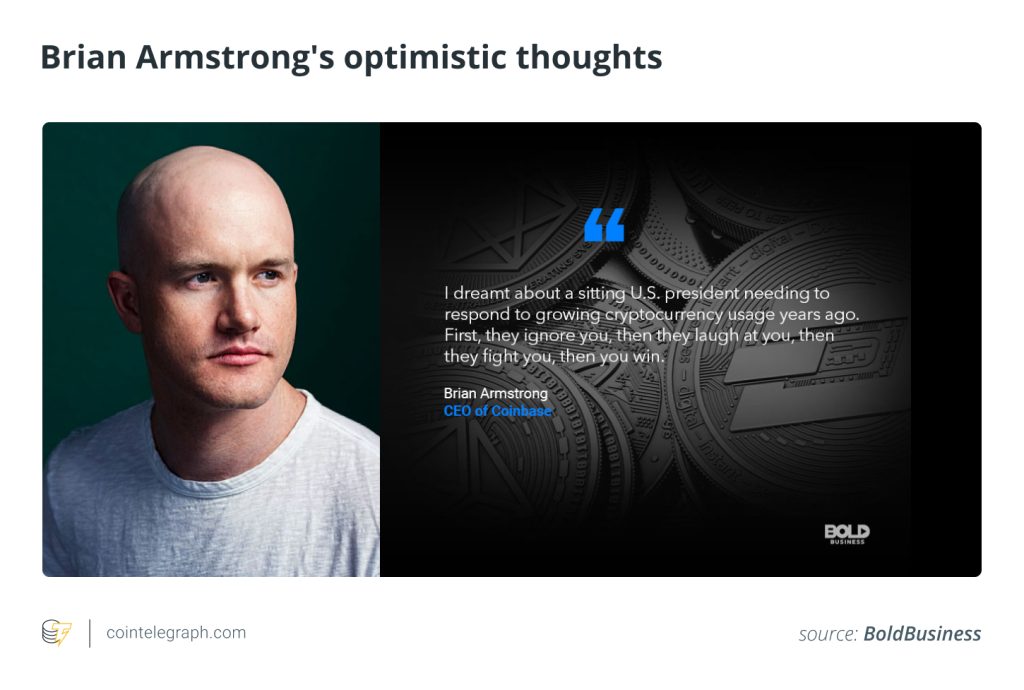
Responses